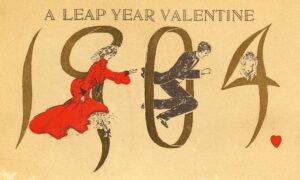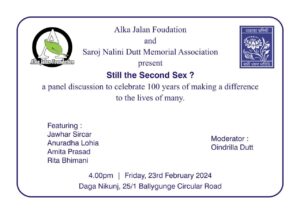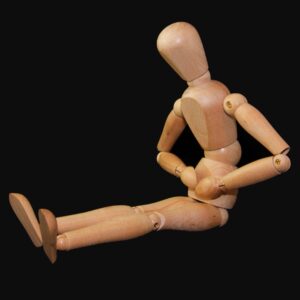 The setting aside of Section 377 has been sending waves of joy through the LGBT community and activists in India. The number refers to an old British law that criminalised homosexuality and sent Oscar Wilde to Reading Gaol and which remained part of the Indian constitution post Independence.
The setting aside of Section 377 has been sending waves of joy through the LGBT community and activists in India. The number refers to an old British law that criminalised homosexuality and sent Oscar Wilde to Reading Gaol and which remained part of the Indian constitution post Independence.
The penal provision says “whoever voluntarily has carnal intercourse against the order of nature with any man, woman or animal, shall be punished with imprisonment for life, or with imprisonment of either description for a term which may extend to 10 years, and shall also be liable to fine.”
The law was made part of the Indian penal code and stayed enforced till 2009 when the Delhi High Court set the portions of it that dealt with homosexuality aside. As a result many gay men – the men’s statements were obvious though there were women too – ‘came out of the closet’ and flaunted their sexuality. However, in December 2013 the ruling was challenged by various private parties who decreed that the issue could not be settled by the judiciary and was in effect a Parliamentary issue. As a result the Supreme Court set the High Court’s judgment aside and upheld the criminalisation of gay sex while virtually denying the LGBTQ community the right to sexuality, sexual orientation and choice of partner.
The fallout led to a spurt of despairing suicides across the country including that of a lesbian couple in Bengal who were terrified that they would never have a life together. However, the LGBT community continued to demonstrate and Rainbow Pride processions began to make an appearance. Activists contested the setting aside of the judgment and won a major victory when the NALSA verdict was delivered by a Supreme Court Bench, led by Justice K.S. Radhakrishnan. This verdict recognised transgender people as ‘third gender,’ possessing rights, including marriage, adoption, divorce, succession and inheritance. More importantly, it condemned discrimination on the grounds of sex as a violation of the fundamental right to equality under the Constitution.
In August 2017 another step was taken when the Supreme Court declared that privacy was a fundamental right intrinsic to life and liberty and shredded the 2013 ruling of the Supreme Court. It was obvious that there was a motion in favour of repealing the part of Section 377 that dealt with gay sex. Finally, this year the Supreme Court led by Chief Justice Dipak Misra, re-opened the entire issue, saying a section of people could not live in fear of a law which wore down their rights to choice, privacy and dignity.
One of the Justices on the Bench, DY Chandrachud said that the battle was actually against colonial laws and the laws which must truly represent constitutional values. He went on to say that “what 377 did essentially was to say that this is how a man should be and this is how a woman should be. And, this not what a man is and this is not what a woman is. LGBT individuals as well as those who do not conform to societal expectations of sexual behaviour defy gender stereotypes.”
It is now for the Constitution Bench to rule that homosexuality does not go against the order of nature and open the door to same sex marriages.


